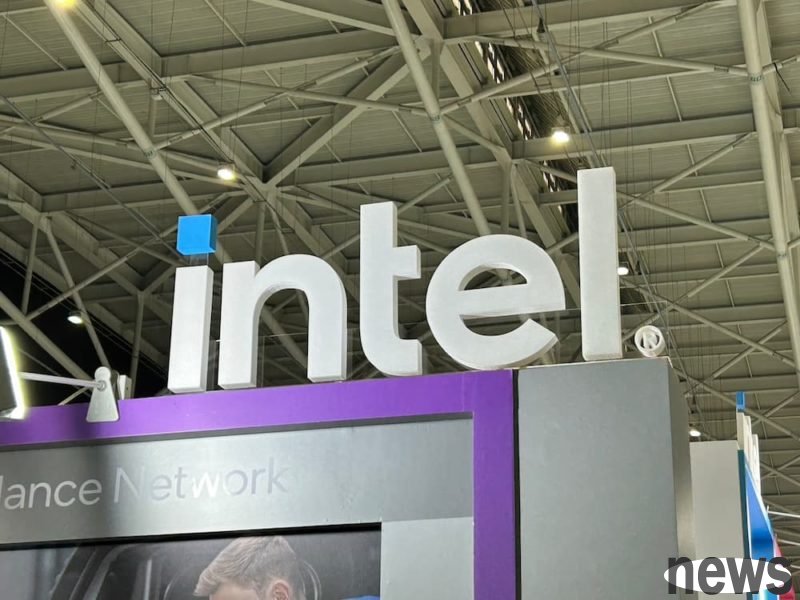
Intel's stock price rose 2.5% on the 4th because financial manager David Zinsner pointed out at Citi's 2025 Global Technology, Media and Telecommunications Conference that the company is planning to promote Altera's asset separation, which is also called Intel's continued use of Telco's production capacity, "they are our outstanding partners."
In a conversation with Citi analyst Christopher Danely, Zinsner first mentioned that before the US government acquired shares, Intel had an additional $5.7 billion in subsidy, plus the $2.2 billion received, but these funds were "in an uncertain state" at that time, and Intel was not sure whether he could get the remaining $5.7 billion.
Even if you receive the $2.2 billion grant, there are "clawback rights" and the overall situation is inconclusive. However, the U.S. government's equity investment eliminates these inconsistencies and replaces it with shareholding. Except that the $3 billion will be in batches within several years, the remaining funds have been received in advance, which can be said to be more favorable.
Why did not worry about the outside world that the US government will take action to make Intel's decisions, Zinsner emphasized that the government will vote "in accordance with the board's suggestions."
Intel's asset detention case for Altera will be completed in the next few weeks, bringing an additional $3.5 billion; investment in SoftBank is also expected to be in place before the end of the quarter, and the supervision process will be completed. These funds will be used first to pay off debts that are $3.8 billion, due this year. Zinsner said the goal is to allow all debts to be directly cleared after they expire and will not refinance.
As for whether Intel will split the GC industry into a subsidiary, Zinsner's response is not impossible, but it is unlikely to happen in the near future, because this business is not currently available for investment. But he also added, "At some time in the future, you can imagine that this will happen."
When talking about advanced processes, Zinsner admitted that Intel spent money in advance in the past few years before demand appeared, which did not bring any benefits. Although the next generation of 14A processes may also have "the process is not adopted by customers and cannot be produced", the chance of occurrence is relatively low.
In addition, the cost of 14A will be higher than that of 18A. Although there is no significant gap in investment scale, the manufacturing of circles is indeed more expensive, partly because 14A uses High-NA EUV exposure machines, coupled with the complexity of 14A, which further increases costs.
Finally discussing the cooperation with NTD. Zinsner said that Intel's dependence on NTD will "volatility" with the performance of the crystal foundry business and the production arrangements of different products, but regardless, Intel will continue to use NTD's production capacity, just like the current Lunar Lake and Arrow Lake products.
When he was further pursued for specific numbers, he revealed that about 30% of Intel's products are currently from NT$10,000. Although this proportion will decline in the future, it will still be higher than the company's level ten years ago.
Intel Will Use TSMC “Forever” Says CFO, As Shares Rise After He Confirms Plan To Use US Funding To Pay Back Debt Extended reading: Price battle begins! Transfer Samsung's HBM4 to profit from space, and only want to enter the NVIDIA supply chain Replace cold plate? The new solution to the "microchannel tube" is expected to become mainstream in 2027, and Taiwan's factory is in full swing